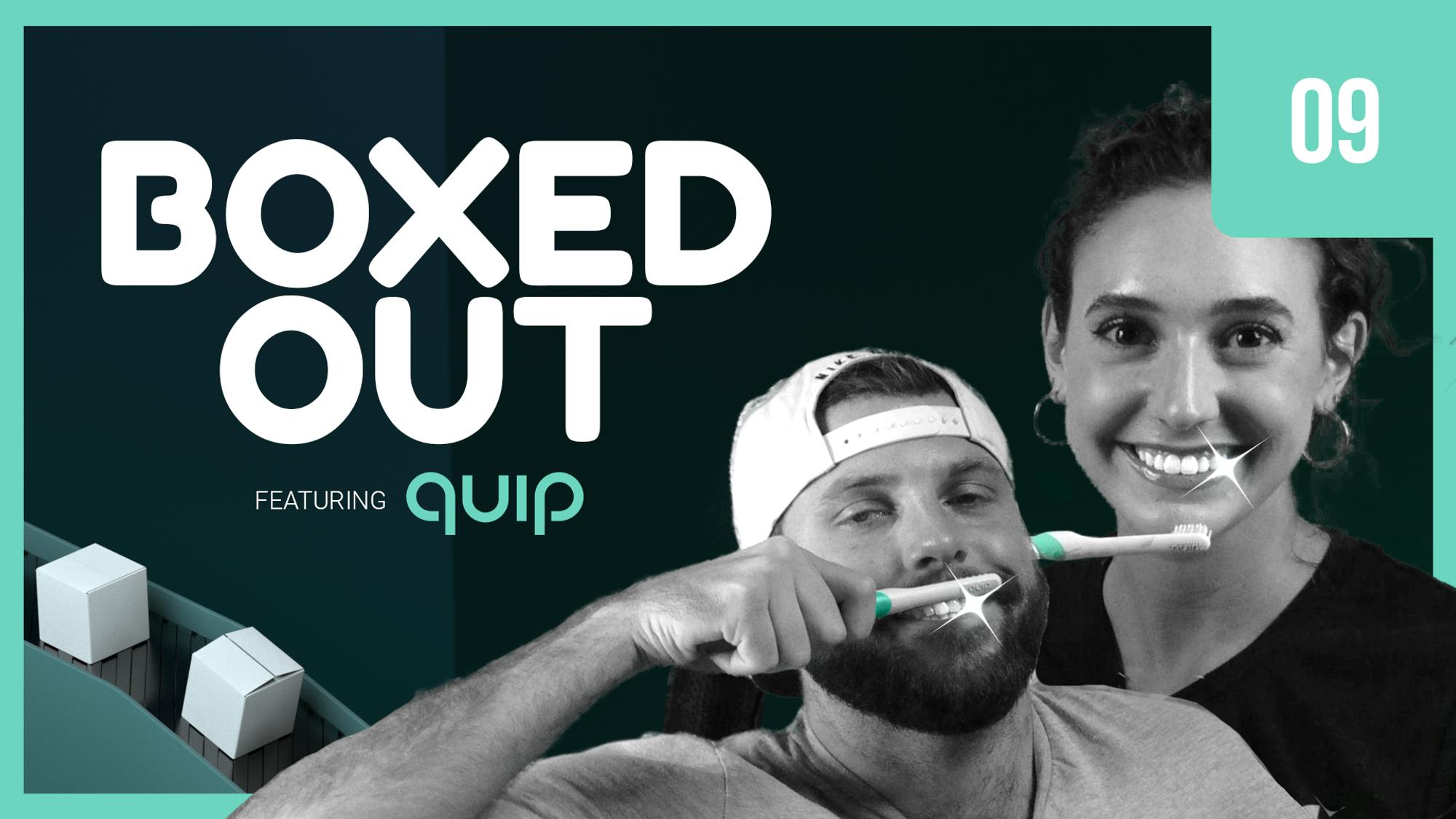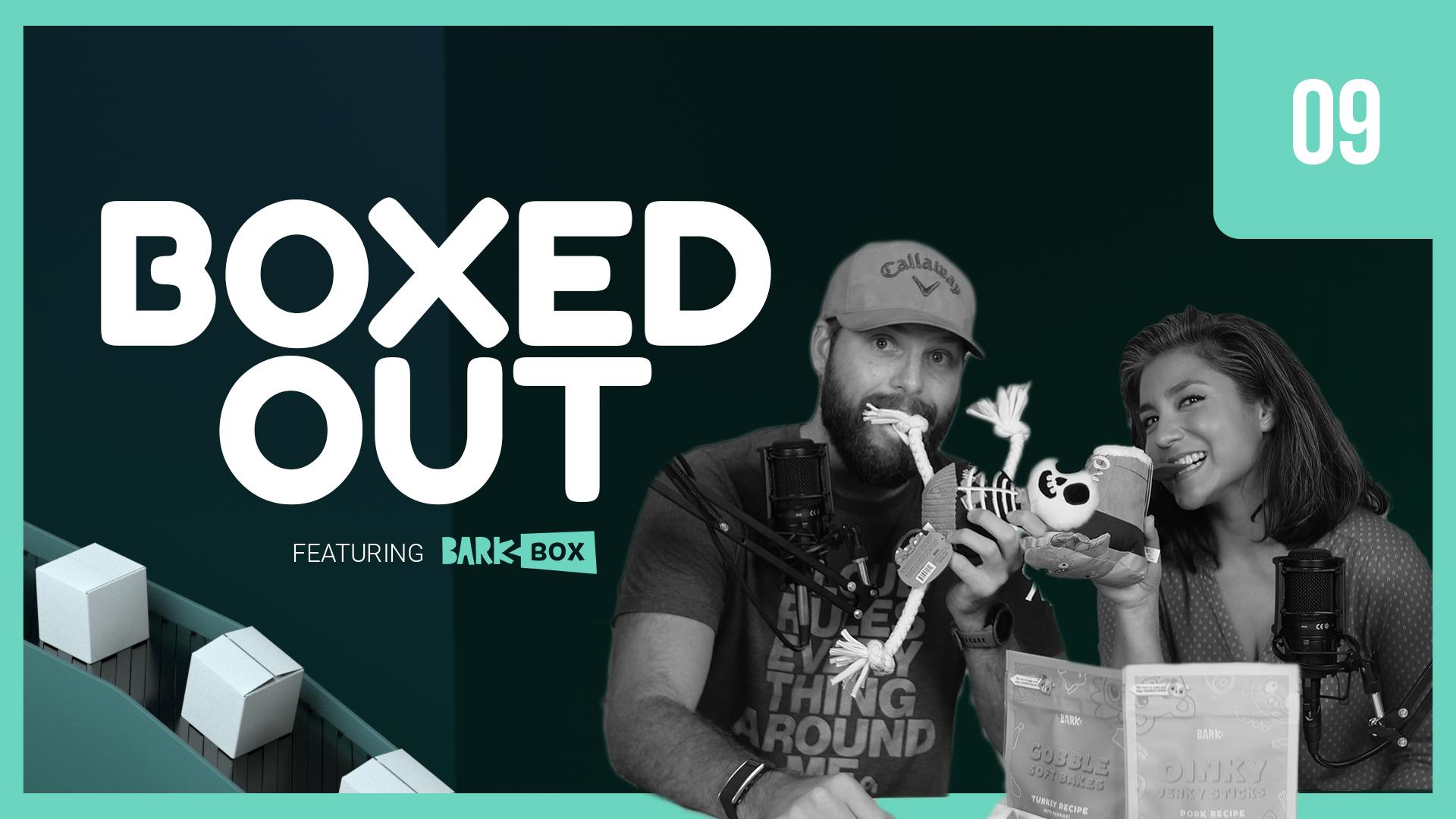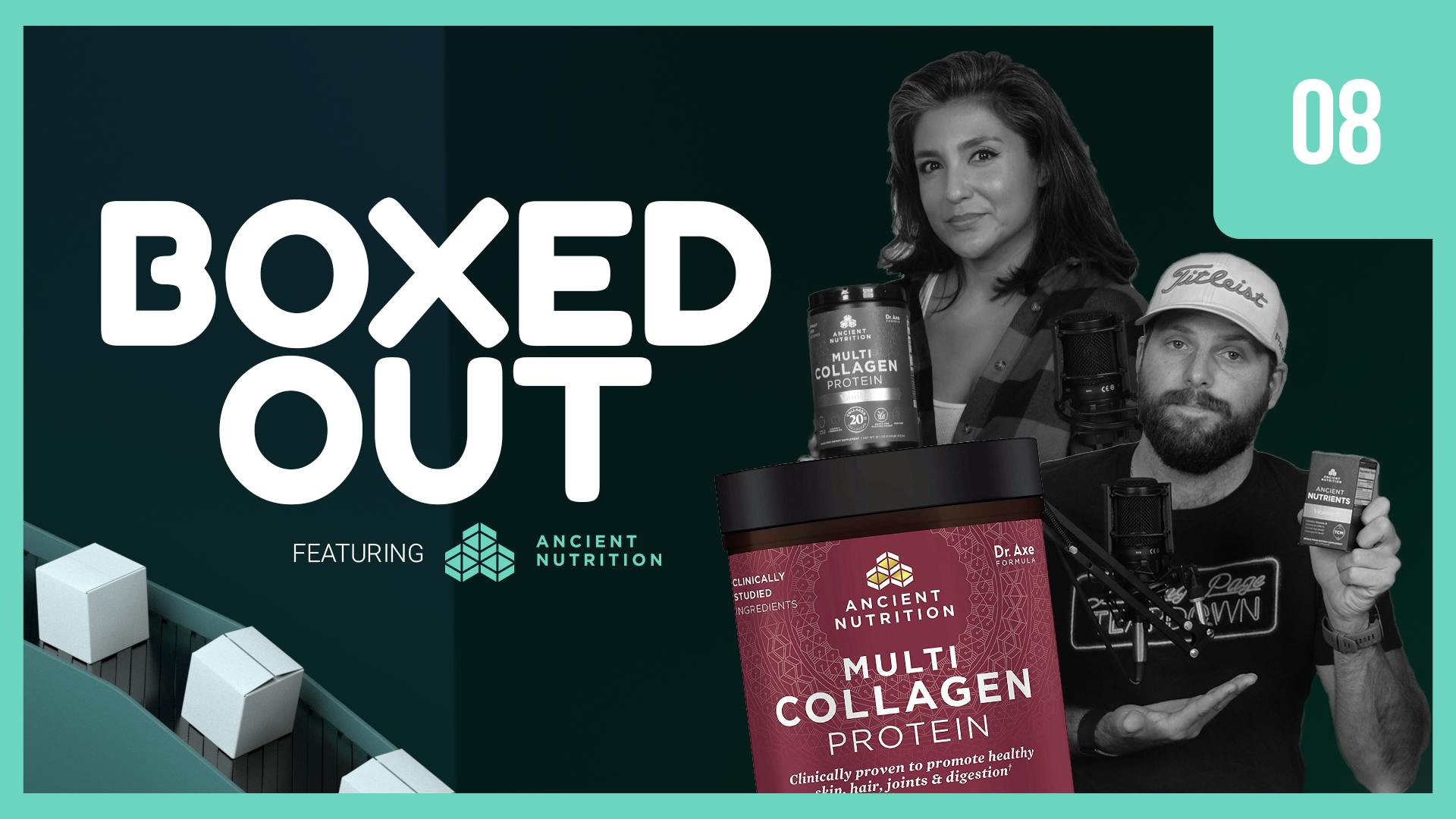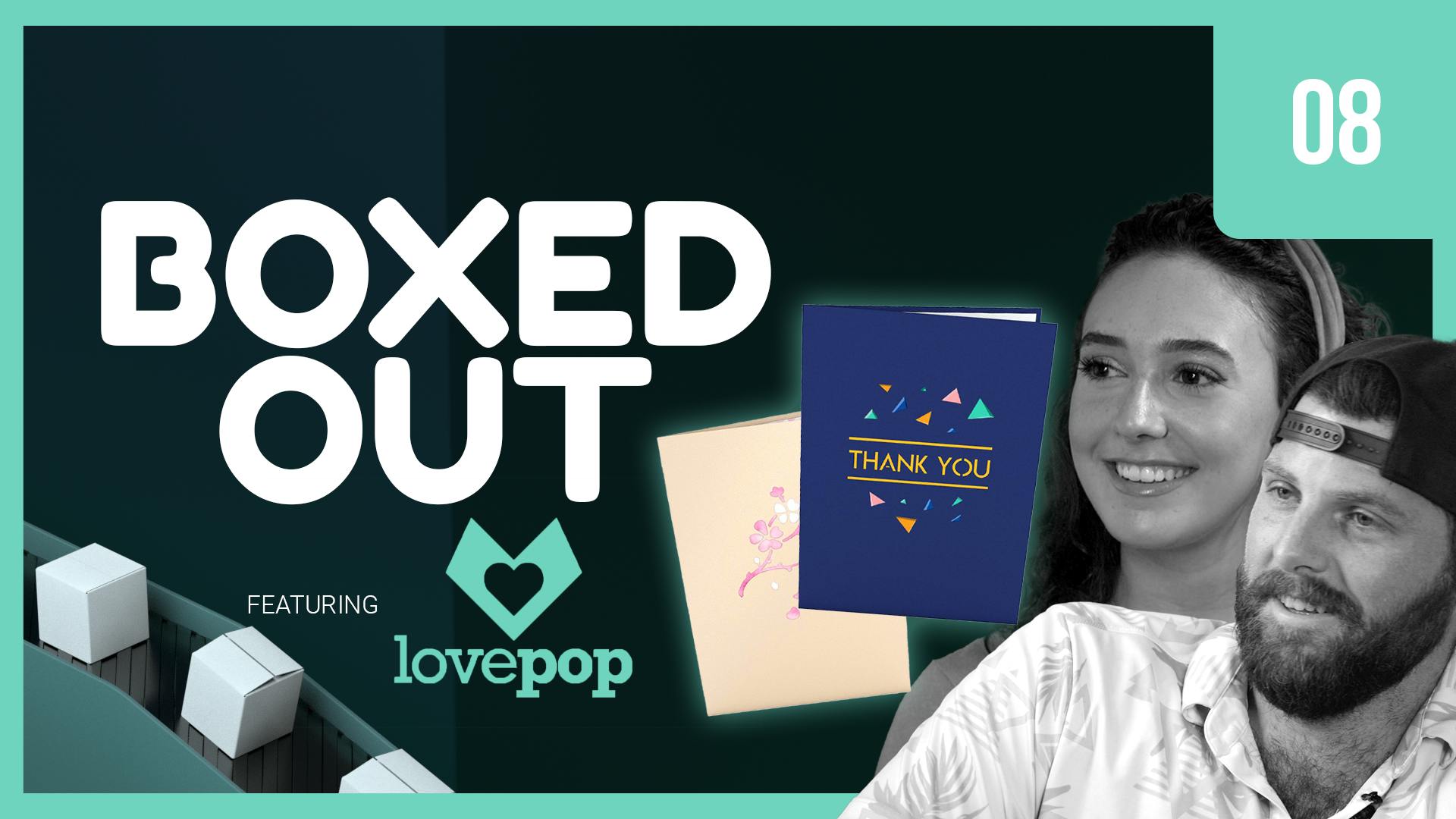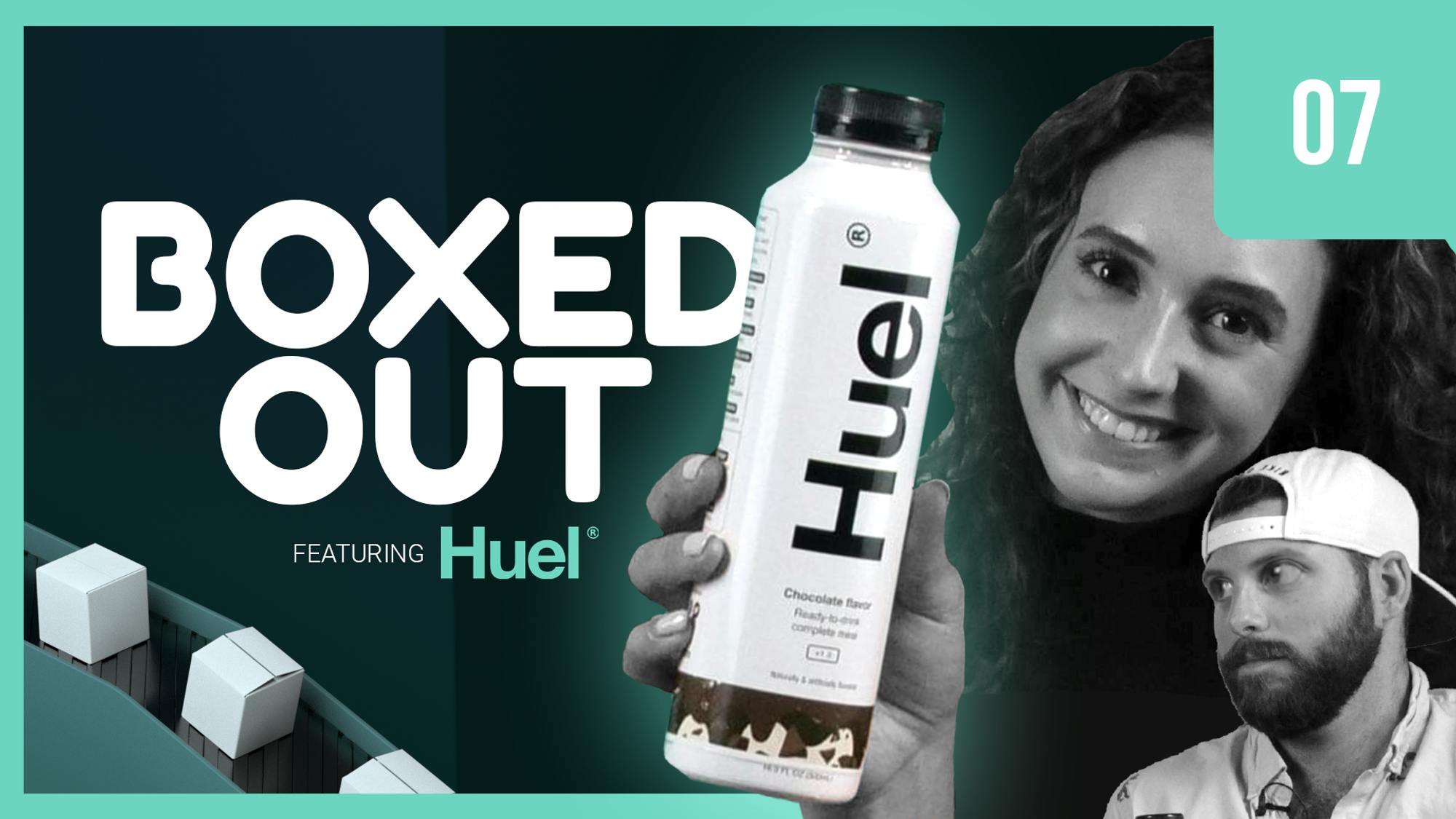
Is BRCC's Cup of Retention Strong Enough?
This episode might reference ProfitWell and ProfitWell Recur, which following the acquisition by Paddle is now Paddle Studios. Some information may be out of date.
Please message us at studios@paddle.com if you have any questions or comments!
Today we're talking about Black Rifle Coffee, a company that's revolutionized the multi-billion dollar coffee market by imbuing identity and a point of view on a commoditized product. We're going to learn how Black Rifle Coffee Company created an insanely loyal fan base with phenomenal branding and then we're going to jump into what they're doing great, and not so great, with their subscription retention strategy—wrapping this all up into a nice case study for improvements for your own DTC brand.
Key takeaways:
- Cancellation flow
Right now they're forcing you to contact support likely due to technical barriers.
Add a one-question survey regarding why they're cancelling and funnel them into a salvage offer or a pause plan.
Empower your support reps to save your customers.
Let people cancel on their own without having to contact anyone.
- Credit card failure process
BRCC needs a top-to-bottom overhaul of their credit card failure stack.
They need four to five plain text emails that go out in an intelligent drip based on the customer's behavior after they realize the card's declined.
They need SMS messages in this flow.
They need to allow users to update their payment information without having to log in.
- Community Mode
We'd love to see Black Rifle Coffee go into full community mode. It's time they go beyond their social presence to having forums, events, and the like.
There's a real possibility for BRCC to offer a paid membership independent of the coffee club.
They have die-hard customers who would likely be willing to pay for a monthly subscription to a community that would then boost lifetime value and buy more product.
Black Rifle Coffee Company
Coffee and American freedom go hand in hand. That’s not just a statement. That’s reality of our founding. In 1773 a group of American Revolutionaries tossed 92,000 pounds of tea into the Boston Harbor for a nice little Boston Tea Party. Yet this million dollars of destroyed tea was only the beginning. John Adams then started a boycott, calling tea a “traitors drink” and started a wave of Americans renouncing tea for coffee as another grate against the British.
Two hundred years later Black Rifle Coffee Company continues this tradition as their founder Evan Hafer turned his love of coffee and country into a brand that’s imbued a culture directly into a seemingly commoditized product. The idea for the brand came to him as he was pursuing the perfect roast and blend while serving as a Green Beret and a member of the CIA. Since 2003 he’s been modifying military Humvees so he could grind and roast coffee while deployed to Iraq, Afghanistan, and I’m sure some places he could tell us, but then he’d have to kill us.
BRCC's success
Upon returning stateside he decided to create a brand that combined his passions of coffee and giving back to those who serve. Thus, Black Rifle Coffee Company was born. BRCC’s success comes down to two factors:
First Black Rifle Coffee makes a commodity mean something by aligning it with identity. You may think referencing the second amendment in your name would be problematic, but going all in on a group actually accelerates growth. Blends like “Freedom fuel” and “Liberty Roast” evoke a brand that’s geared towards those who connect with the military, police, and first responders. Black rifle is unapologetic, and whether you love them or hate them, this marketing gets your attention, because they’re not just selling coffee—they’re selling cultural identity.
BRCC also makes quality number one. You can’t compete with a commoditized product just on brand and positioning. The product actually has to be good. Since the beginning Hafer and his team have obsessed over bean selection and roasting methods, importing directly from Columbia and Brazil. They also roast five times per week to shorten the distance between roast and when you get your coffee in the mail. The goal is for you to always get a superior cup of joe—every time.
This commitment leads to a wide variety of roasts that even those against the second amendment can get on board with. With strong caffeinated coffees that are dark, bold, and smoky to light roasts that go down easy with smooth, sweet, and floral notes. Whatever your palette, you can find a blend to indulge in and get you moving.
BRCC’s identity and quality has created quite a lucrative business with estimates putting Black Rifle Coffee over $100M in annual revenue, leading to many conservative influencers like Ben Shapiro, Tomi Laurhen, and Sean Hannity to align with BRCC, and of course, thousands of raving reviews.
BRCC's retention review
Not everything's amazing about BRCC's strategy, though there is a lot we can learn from them. Their retention does need work. Most brands though, don't focus on this aspect of their business enough.
Why is retention important?
You spend half of your budget and time acquiring customers, but to be successful, you need to keep them. The beauty of the subscription model is that the relationship with the customer is baked directly into how you make money. If that customer is happy, they'll keep buying from you in the long term. If they're upset or not seeing the value, they'll cancel quickly.
Plus, money talks here. Those subscription ecommerce companies using the tactics we're going to talk about have 2x the customer lifetime value (LTV), 2x the average order value, and 3x higher growth rates, because they're not worried about plugging a leaky retention bucket.
To highlight the importance here, let's look through BRCC's retention strategy and break down what they're doing well, and not so well, so you can learn for your own DTC business.
Retention has three parts:
- Active churn, which are customers who are actively choosing to cancel your product.
- Expansion revenue, which are your existing customers that buy more product.
- Delinquent (or involuntary) churn, which are customers who's credit card or payment has failed, which sadly is one of the largest single buckets of where you're losing money.
BRCC's active churn:
When we look at BRCC's active churn, there are so many reasons why a customer may cancel. We want to make sure BRCC is not only setting up their customers for long-term retention in the initial purchasing process, but that they're also collecting information on why someone's cancelling, if they so happen to, in order to get a clean cycle of retention improvement.
The good:
Black Rifle Coffee's onboarding is actually pretty slick for reducing churn, because in addition to giving me lots of options to choose from based on my coffee tastes, they contextualize how much coffee you'd need based on how much you drink when choosing the frequency of the subscription. This seems obvious, but most brands just have you choose a frequency without context.
The other really cool aspect of Black Rifle Coffee's onboarding that you may have missed, but has an extremely high impact on retention, is the "donate directly to charity" section. Customers who have charitable donations bundled with their DTC subscriptions tend to retain at a 10 to 20% higher rate than those who don't—based on a study we completed on just over 30,000 DTC subscription customers. Since so many DTC brands have a social component, it's a great thing to add to the onboarding flow. My only wish is that they moved the gift bag and message options to the drop-down versus the donation to charity. They should experiment with switching those and I bet they'd get better retention.
The bad:
When we went to cancel, Black Rifle Coffee forced us to contact them to actually cancel. I'm sure it's because it was our first month as a subscriber and maybe their systems weren't integrated properly for initial subscribers, but it's just not good for the brand when someone wants to leave, to add that much friction. That being said, the person I spoke with via live chat was super responsive and very nice, but they didn't ask me why I was leaving, so Black Rifle Coffee not only didn't learn to improve in the future, but also didn't do anything to try and save me through a salvage offer or even getting me to pause.
BRCC's expansion revenue prowess:
Expansion revenue is crucial, because your existing customers are more than willing to buy 3x more from you—you just have to make sure to ask. Plus, those customers who have at least one add-on or additional purchase tend to have 18-54% higher lifetime value, meaning they're paying you more over the life of the subscription, but they're also sticking around longer, because they're more engrained within your product.
The good:
Black Rifle Coffee's brilliant here because they're adding additional products in my checkout flow that make me feel like I'm part of the club. The idea of Sticker Club may seem small, but you're trying to make your brand part of the customer's identity. Stickers get put on computers, given to family and friends, and charging for it provides an insanely high margin as part of their subscription.
Another aspect that Black Rifle Coffee does well with expansion revenue is they really go all in on their account and email experience. The account looks a little clunky, but notice how they have exclusive account products and apparel, as well as partner discounts that they're likely getting a cut of. These types of add-ons not only result in higher lifetime value from each customer, but they also bake the customer deeper and deeper into the brand. You want your customers always wanting to purchase something or adding more to their subscription when you email or text them. Even though you're sending a physical product, that account experience is crucial.
BRCC's credit card failure flow:
Now let's talk about the sexiest topic in the world—credit card failures. We know you don't wake up sweating in the middle of the night thinking about credit cards—that's our job—but here's why we obsess over things like this: just under 40% of the customers that leave you are leaving you because of failed payments. To get these folks back, we want to make sure Manscaped is treating these folks like a marketing channel, sending them messages before the point of failures, all the way to after the point of failure through email and text messages.
Needs improvement:
This is where black rifle coffee is failing pretty big time. We received zero, ZERO, emails or notifications that our card was being declined. They did retry the credit card five or six times, but rather than emailing or texting me they just ended up cancelling my subscription. We could be mistaken or maybe they fixed this since we tested it, but it's not great. There's not much else to say unfortunately, but based on Black Rifle Coffee's size they're probably losing at least a million dollars per year, if not much, much more.
Overall:
If we take a step back though, I think BRCC's got a lot of work to do, but they should be commended for the phenomenal marketing and onboarding they do. They just need to take that talent and apply it to the other areas of their business, because if they want to be the juggernaut in the space and employ those 10,000 veterans, like Evan the CEO aspires to, they've got some work to do.
Retention revamp
Let's revamp. First though, why do we feel we have any authority to even talk about this? Roughly 20% of the entire subscription market is using ProfitWell, so we're sitting on more data than anyone else. Simply put, we have the data to know what works and what doesn't, and we care more about this problem than anyone else out there.
Let's walk through three big things we'd change immediately about BRCC's retention strategy, so we can all learn for our own brands.
3 changes needed now:
- Cancellation flow
So first up, we'd change their cancellation flow. Right now they're forcing you to contact support and I have a feeling it's because of technical barriers. I'd rather see a smooth offboarding with a one-question survey where you get funneled into a salvage offer or a pause plan. But if they can't get that UX going, they should be training their support folks to ask me why I'm leaving. A simple, "May I ask why you're cancelling," goes a long way and then make sure the support reps are empowered to try and save me as a customer. Keep in mind we only had one interaction with Black Rifle Coffee, so they may already be doing this.Add a little bit of friction, not a lot. We've found that those companies that properly offer up salvage offers and a clear offboarding experience tend to save 15-30% more customers. This is based on a study we completed on just over 1,000 DTC subscription companies. Also, I know it's more nuanced, but I'll take a strong stance here and say that they should let people cancel on their own without contacting anyone. It's better for the brand in the long run. Even if most people don't care. The few that do really care about not having to contact support to cancel, tend to tweet and write poor reviews. - Credit card failure process
Black Rifle Coffee needs a top-to-bottom overhaul of their credit card failure stack. They're losing a lot of money by basically doing nothing, and it's insane they haven't realized this yet. They need four to five plain text emails that go out in a drip after they realize the card's declined. They need SMS messages, they need to recognize and message expired credit cards, and they need to allow users to update their payment information without logging in. It's hard to get deep on any one thing because they need everything. - Community mode
I would love to see BRCC go into full community mode. They do a phenomenal job with their Coffee and Die magazine, as well as their branding and positioning that attracts an intense identity buyer, but I think there's a very real possibility that BRCC could have a paid membership independent of the coffee club that could supplement their DTC subscription handsomely. - They have plenty of die-hard customers who would likely be willing to pay $5-$20 per month for a subscription to a community, that would then boost not only the lifetime value of their subscribers, but also get them to buy more, because they'd be deeper into the Black Rifle Coffee sphere of influence. I think this is a great idea that wouldn't cost much and they already have 90% of what they need in terms of content and marketing. Remember that the beauty of the subscription model is the relationship is built into how you make money. Nurture that relationship and your cohorts will expand beautifully.
Who's up next?
Next week we're going back to the bathroom, which has been taken over by so many brands. We're going to be exploring the multi-billion dollar teeth and oral hygiene space by looking at a brand who's imbued design deep into their product and experience. It's one we really enjoyed. The DTC brand we'll be digging into is Quip. We'll see what they're doing well and not so well. So make sure you subscribe to Boxed Out and tell your friends so we can get this knowledge into the hands of as many people as possible.

